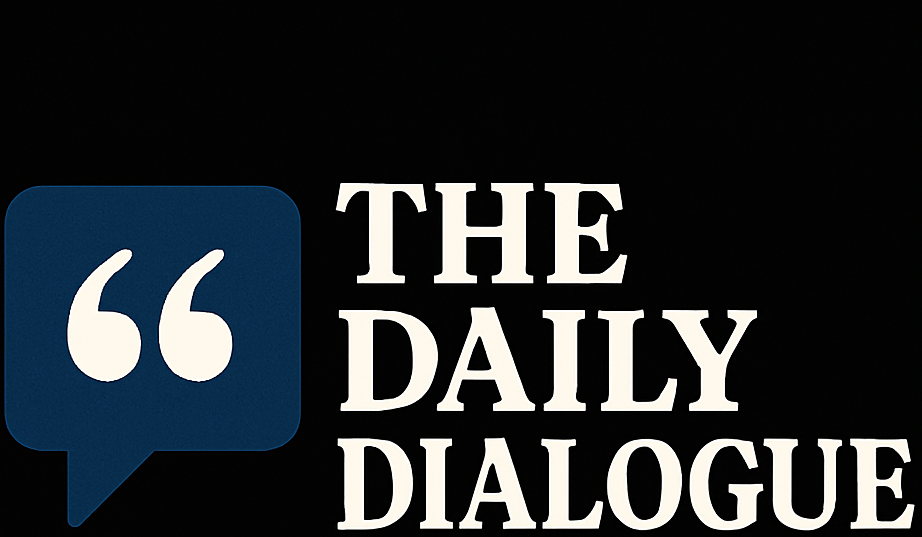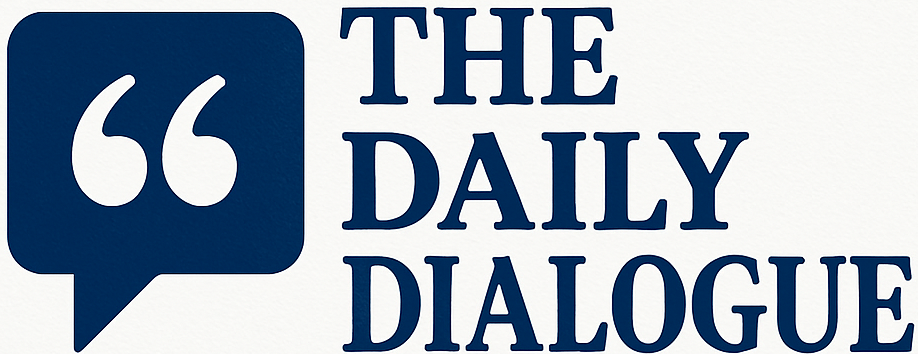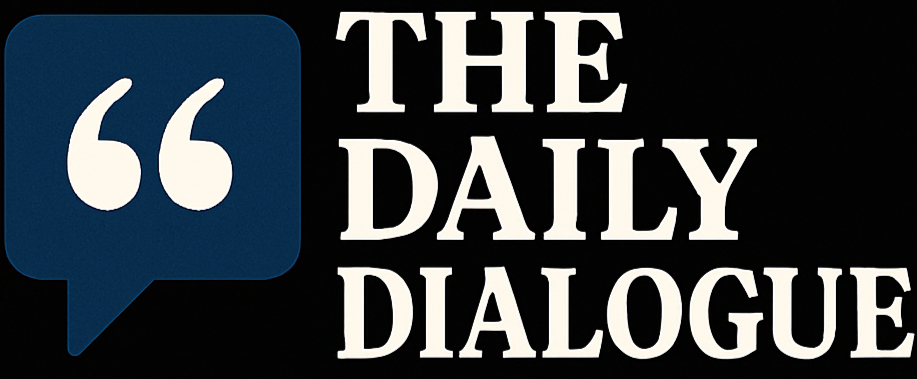In today’s fast-paced digital world, the fusion of tradition and technology is shaping the way we live, work, and connect. One of the most fascinating examples of this blend is Ceıvır. While the name itself may sound unfamiliar to many, the concept behind Ceıvır is rapidly gaining attention. It represents a powerful movement where cultural heritage, traditional practices, and innovative technology converge to create something entirely new.
This article will take you on a comprehensive journey into the rise of Ceıvır, its origins, its role in bridging the gap between the old and the new, and why it holds the potential to redefine industries, societies, and even the way we view progress.
1. Understanding Ceıvır: More Than Just a Concept
At its core, Ceıvır is not just a word; it is a philosophy of integration. It symbolizes the idea that technology doesn’t have to erase tradition, but instead can enhance and preserve it. Whether it’s through digital platforms showcasing ancient art forms, AI-powered translation tools preserving endangered languages, or blockchain systems ensuring authenticity in traditional crafts, Ceıvır is all about synergy.
The rise of Ceıvır shows us that tradition and innovation are not rivals—they are partners. This balance is exactly what makes the movement so unique and relevant in our modern age.
2. Historical Roots of Tradition in the Digital Era
Before diving into the technological aspects, it’s essential to recognize the rich historical roots that Ceıvır draws upon. Humanity has always relied on oral traditions, craftsmanship, rituals, and community practices to preserve identity. However, globalization and rapid modernization often put these practices at risk.
For example:
- Traditional weaving techniques are being lost because younger generations lean toward factory-produced fabrics.
- Folk music and storytelling are fading in some regions, replaced by modern pop culture.
- Local languages and dialects face extinction due to dominance of global languages like English.
Here is where Ceıvır steps in—technology becomes a shield rather than a threat, protecting these cultural gems by giving them new life on digital platforms.
3. Technology as a Bridge, Not a Barrier
When people think of technology, they often imagine disruption or replacement. Yet Ceıvır demonstrates that technology can be a bridge between generations. For instance:
- Virtual reality (VR) can recreate ancient heritage sites, allowing people worldwide to experience them without causing harm to the original location.
- Artificial intelligence (AI) can digitize and catalog traditional manuscripts, making them accessible to researchers globally.
- 3D printing can reproduce historical artifacts with precision, helping museums and educational institutions.
In short, technology under the Ceıvır philosophy extends the lifespan of tradition while making it accessible to modern audiences.
4. Ceıvır in Cultural Preservation
One of the most powerful applications of Ceıvır lies in cultural preservation. Imagine walking through a virtual museum where you can not only see but also interact with artifacts, folklore, and historical traditions. This is not a futuristic dream—it’s happening today.
Projects inspired by the Ceıvır concept are working on:
- Digital archives for indigenous languages.
- Online platforms for traditional craftsmen to sell their work worldwide.
- Interactive learning tools where children can explore history through gamified experiences.
These initiatives not only preserve traditions but also revive interest among younger generations who otherwise might overlook their cultural roots.
5. The Economic Dimension of Ceıvır
Tradition has always been tied to local economies—think of artisans, musicians, farmers, or healers. In the past, their work was confined to local markets. But with Ceıvır, these traditions are entering global marketplaces.
For example:
- An artisan from a small village can sell handwoven fabrics through e-commerce platforms.
- Traditional food recipes can be shared through YouTube tutorials or recipe apps, reaching millions.
- Musicians preserving folk instruments can collaborate globally using digital music platforms.
This economic shift not only sustains local communities but also ensures that traditions remain financially viable in the modern economy.
6. Ceıvır and Education: Teaching Tradition with Tech
Education is another field transformed by Ceıvır. Digital learning platforms are integrating traditional knowledge systems into their curricula. Students today don’t just read about traditions—they experience them.
- Interactive apps let students learn indigenous languages in fun ways.
- Online documentaries showcase cultural practices, making them accessible worldwide.
- Augmented reality (AR) brings traditional stories to life in classrooms.
This blending ensures that tradition is not a distant memory but a living part of education.
7. The Role of Social Media in the Rise of Ceıvır
In the digital age, social media is one of the most powerful tools for cultural promotion. Through platforms like Instagram, TikTok, and YouTube, traditional practices are finding new audiences.
- Viral videos of folk dances, traditional cooking, or cultural rituals spark global curiosity.
- Influencers use their platforms to promote crafts and traditional clothing.
- Hashtag movements create communities centered around specific traditions.
Social media plays a central role in Ceıvır’s rise by making tradition trendy and shareable.
8. Challenges Facing Ceıvır
Despite its potential, Ceıvır is not without challenges. Some of the key issues include:
- Commercialization of traditions, which risks losing authenticity.
- Digital divide, where rural communities may not have access to technology.
- Cultural appropriation, where traditions are misused without respect.
To overcome these challenges, Ceıvır must focus on ethical frameworks, equal access, and respect for cultural origins.
9. Future of Ceıvır: What Lies Ahead?
The future of Ceıvır looks bright, especially as emerging technologies like AI, blockchain, and Web3 continue to evolve. Some predictions include:
- NFTs for cultural artifacts, ensuring authenticity and ownership.
- AI-driven cultural education tools for personalized learning.
- Immersive global festivals hosted in virtual reality, allowing worldwide participation.
The possibilities are endless, and they all point toward a future where tradition and technology evolve together.
10. Why Ceıvır Matters in Today’s World
In an era of globalization, many people fear losing their identity to uniformity. Ceıvır reminds us that progress does not mean forgetting the past. Instead, it’s about bringing traditions into the modern world in ways that are both respectful and innovative.
It matters because:
- It ensures cultural survival.
- It makes traditions accessible to new generations.
- It creates economic opportunities for communities.
- It builds a bridge between the past, present, and future.
Conclusion: The Harmony of Tradition and Technology
The rise of Ceıvır represents more than just a cultural shift—it’s a global movement redefining how we see progress. By merging timeless traditions with cutting-edge technology, Ceıvır ensures that our heritage is not just preserved but celebrated in innovative ways.
As we step into the future, Ceıvır challenges us to reimagine progress. It tells us that the past is not something to leave behind but something to carry forward with pride and creativity. In this harmony of tradition and technology lies the promise of a world that values both where we came from and where we are going.
thedailydialogue.com





